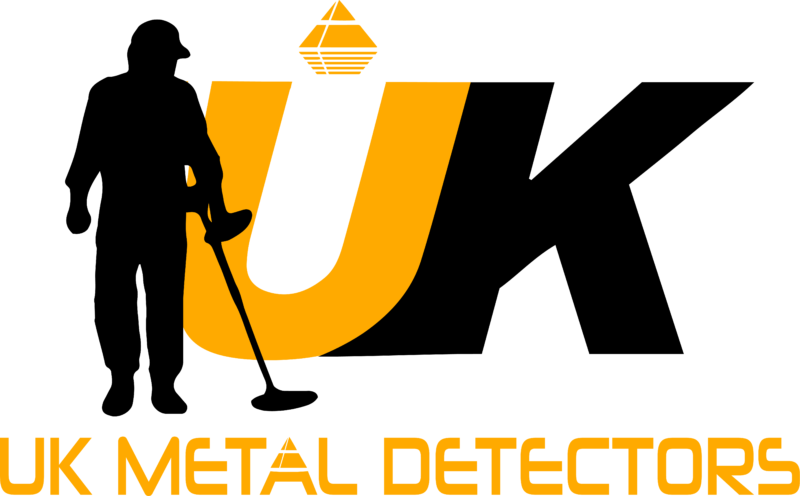READING BEACHES – Metal Detecting
Lets take a look at a few ways to improve your beach detecting, looking at how to read a beach, where to detect on the beach and all the ways of helping you get the best out of each metal detecting and your metal detector.
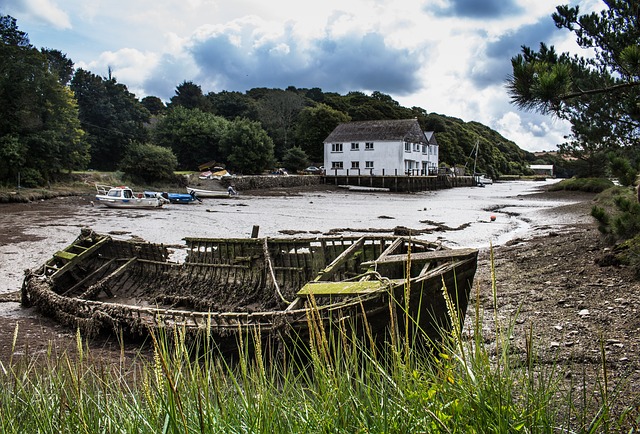
WORM CASTS
Worm casts are very useful for finding black sand, generally worms cast brown sand, but if there’s black sand below the surface your worms are going to push up the black sand which gives you a good indication that there’s some shallow black sand and the possibility of some good finds that sit in the black sand.
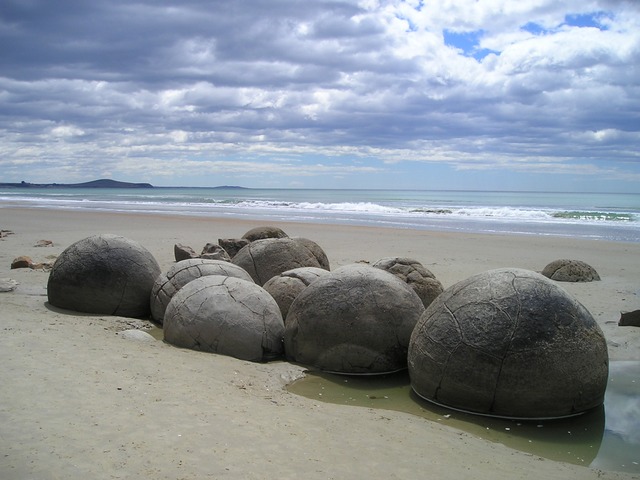
SUMMERTIME
Summertime is probably everybody’s favourite time of the year for beach detecting the beaches are always nice and packed with lots of people swimming in the water and playing on the beach, my favourite place to go with a metal detector is along the towel line, near the edge of the water is probably one of my preference, where parents with toddlers dipping their fingers in the water, the fingers shrinking and the gold rings dropping off the fingers. Obviously don’t go detecting on the beach when they’re all sat there, wait until the evening when most have gone home.
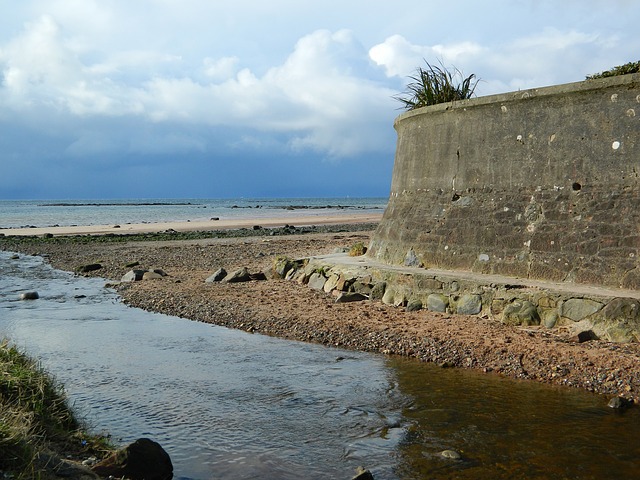
RIPPLE SAND
Ripple sand can be interesting, where a strong current or tide has pulled away some of the top layer of sand usually a few inches, they can be very productive but they also hold a lot of lightweight stuff so you’ve got to get through the lightweight, the aluminium, the tin can shards and all the bits and bobs, but amongst the rubbish is also good finds.
Older beaches have ripple sand all the way across them, and they are very productive, if you look for the black wormholes like we mentioned earlier you’re more than likely guaranteed to hit black sand and the old finds are there to be found.
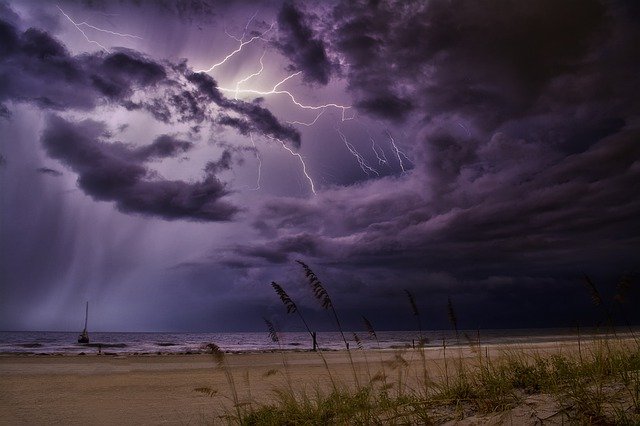
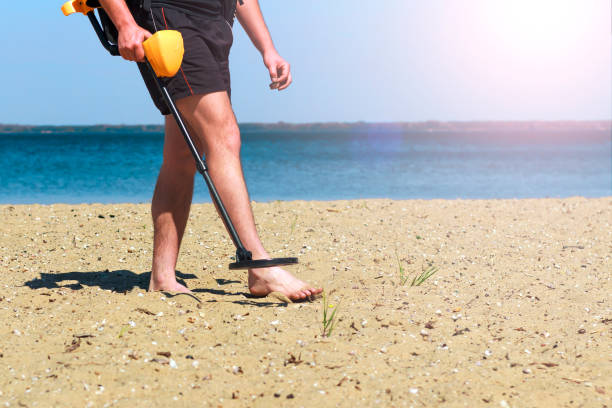
ESTUARY
If you’re lucky enough to live on or near an estuary where you have big tidal range check out low spots, you can see them where the sand starts getting darker, you can see high spots by standing and watching the tide go out. You can see a good example of a low spot in the image, see the wet line comes into the low spot.
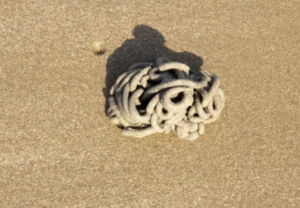
BOULDERS
Boulders are generally a good area to detect if you’ve got them like in the photo, for searching around large stones and boulders you want to select a small search coil on your metal detector, this makes it much easier to get in between all the nooks and crannies. Most metal detectors these days have waterproof search coils which allows you to detect in shallow waters, make sure your control box is protected and doesn’t get wet.
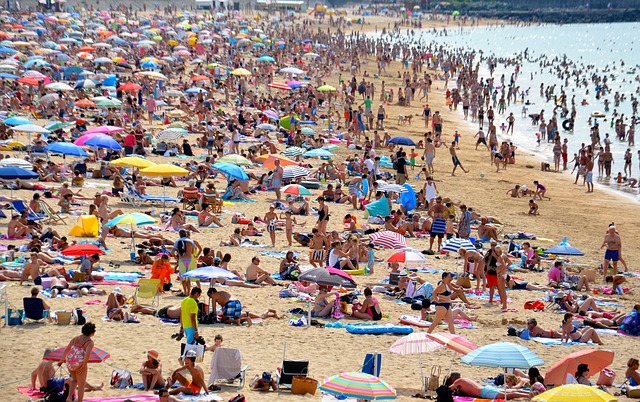
WALLS
Up against walls is always going to be a good place to metal detect, on a busy beach the people with short trousers all sorts are going to fall out of their pockets so it’s a good way of earning some cash by working up and down the edge of walls. Turn your sensitivity down to avoid getting false signals from the steel inside concrete walls.
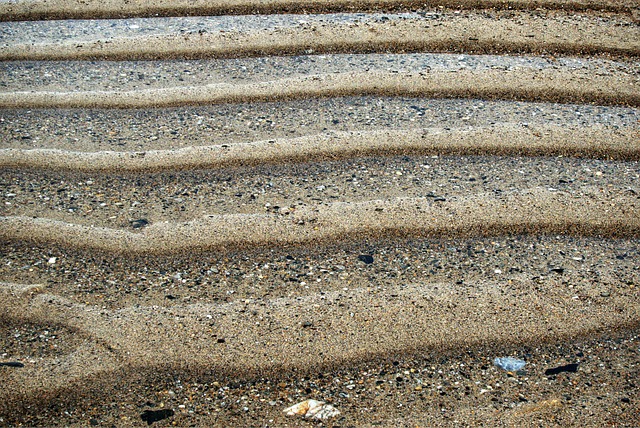
STORM
A couple of things you don’t want to see is soft slurry sand that’s moved away from the main beach, where the sand has been pulled off the beach and deposited itself onto the ripple sand. Also, seaweed, if you see a lot of seaweed where the sea has pushed up everything from offshore, so you don’t want to see seaweed either. What you do want to see is a storm, wind and tide can be your friend it can absolutely strip a beach bear and shift thousands of tons of sand around, this will bring near to the surface lots of good finds.
Before using a metal detector on the beach please visit the Crown Estate website for up to date information.
I hope you enjoyed reading our blog on Reading Beaches – Metal Detecting please check back soon for more tutorials.
